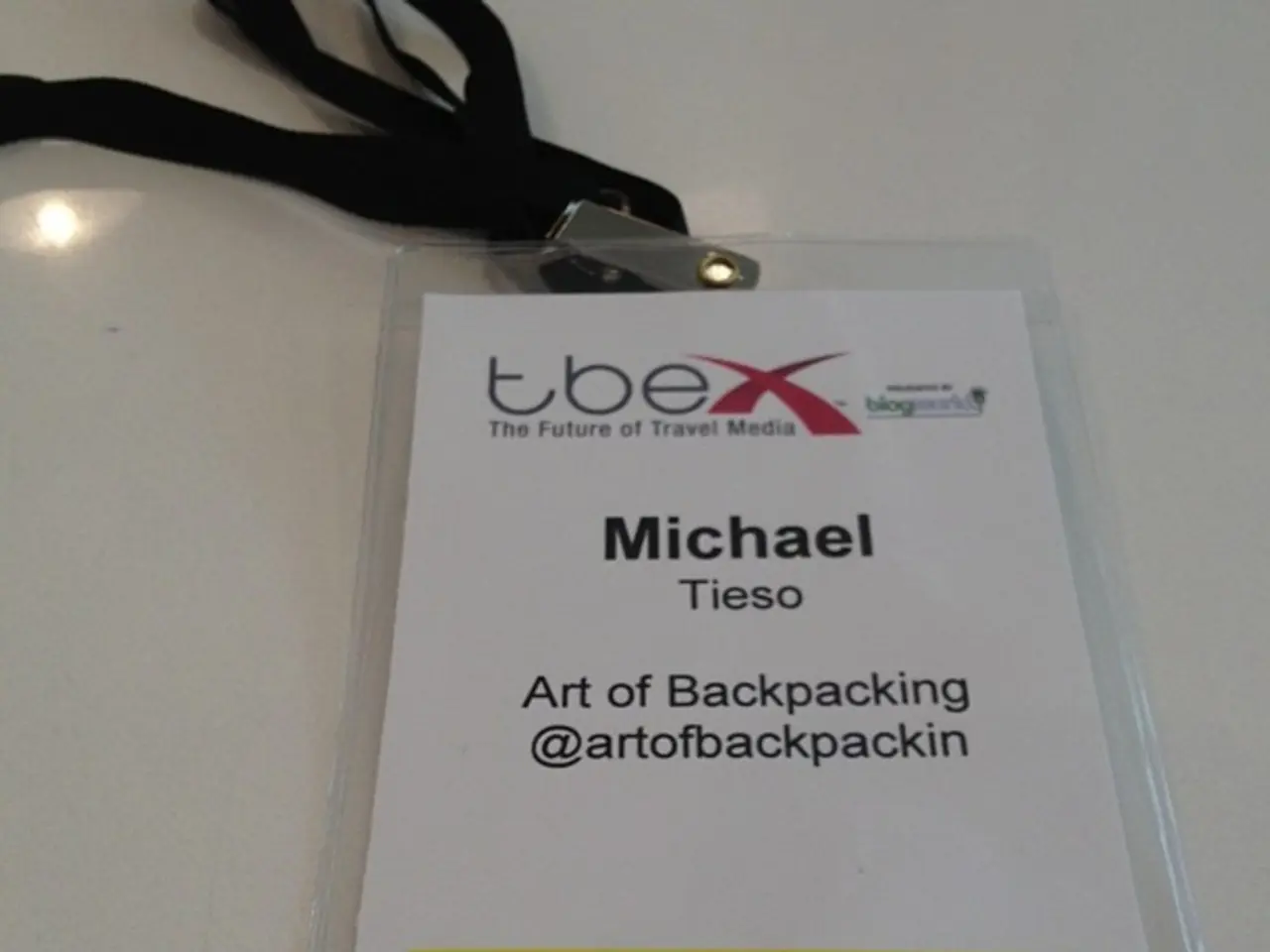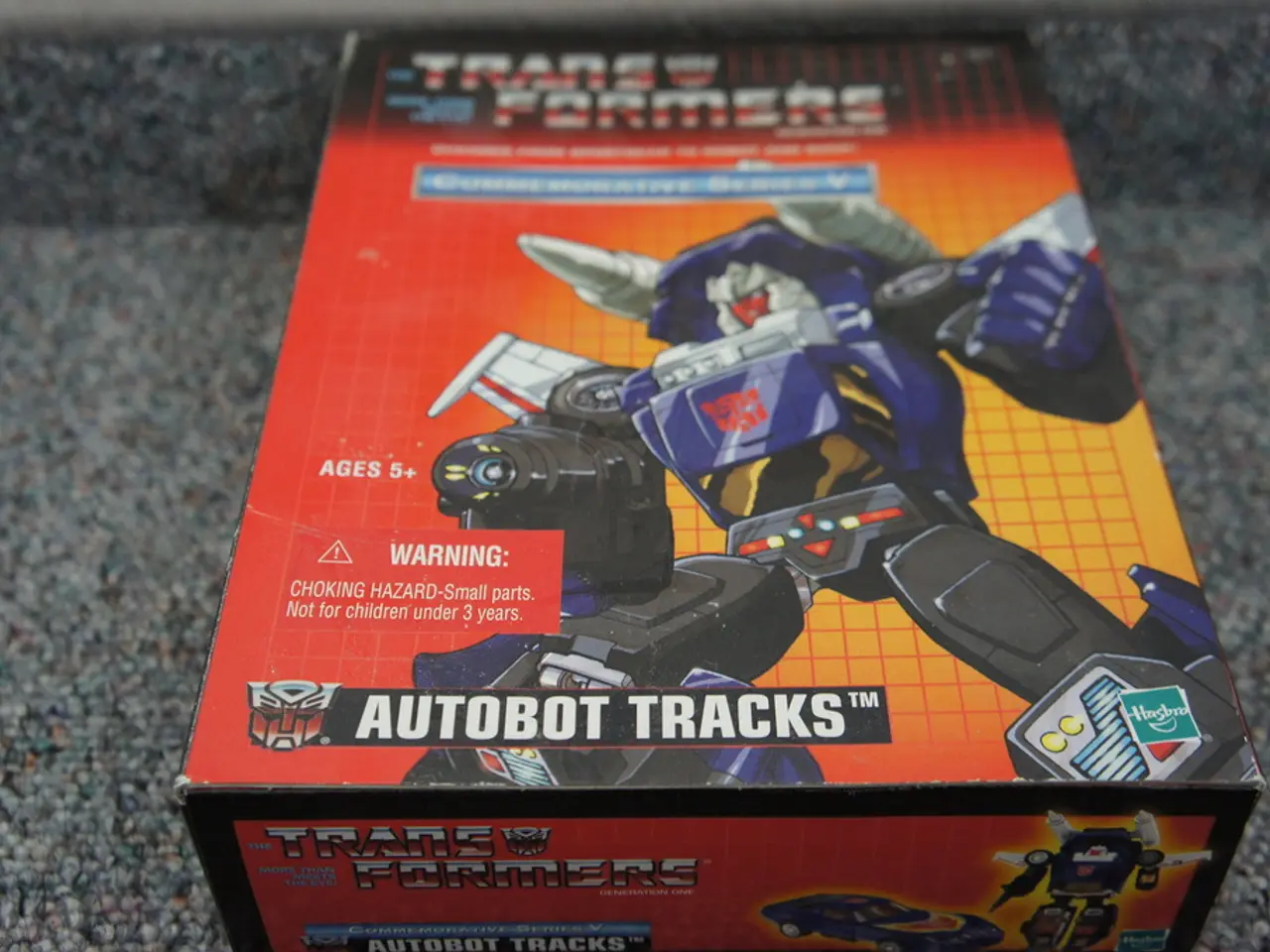Challenges and Solutions in Migrating to the Cloud: A Security Perspective (Top 10)
In today's digital age, cloud computing has become a cornerstone for businesses worldwide. However, migrating to the cloud comes with its own set of challenges, particularly in terms of security. Here are some best practices to ensure a secure and compliant cloud migration process.
1. **Integrate Security at Every Phase** Security should be an integral part of the cloud migration process, from planning to post-migration activities. Tools like AWS GuardDuty, Security Hub, and Config Rules can enhance security monitoring during this process.
2. **Encryption and Access Controls** Ensure that all data is encrypted, both at rest and in transit. Implement a robust Identity and Access Management (IAM) system to enforce least privilege principles, ensuring that only necessary permissions are granted to users.
3. **Risk Assessments and Threat Modeling** Conduct thorough risk assessments and threat modeling to identify potential vulnerabilities, enabling targeted security measures to mitigate risks.
4. **Shared Responsibility Model** Understand and define the shared responsibility model with your cloud provider. While the provider secures the infrastructure, you must manage data security, access, and compliance.
5. **Regular Audits and Compliance Checks** Schedule regular compliance audits and automate monitoring for policy violations. Tools like Cloudticity Oxygen can help streamline compliance evidence collection.
6. **Compliance and Integration** Automate compliance checks within CI/CD pipelines to ensure continuous adherence to regulatory requirements. Embed cloud-native practices and DevOps methodologies to maintain security and efficiency over time.
7. **Monitor and Remediate** Set up alerts for misconfigurations or security drift and have a plan for remediation. Use tools like AWS Config to detect and auto-remediate misconfigurations.
As businesses migrate to the cloud, security concerns remain a significant hurdle. Sixty-six percent of organizations operating local data centers indicate that security is their most significant concern. To counteract this, enterprises should deploy decoys or deception documents to detect hackers and insider leaks during the migration process.
In addition, the availability of a cloud environment is another big fear that most enterprises face while migrating to the cloud. Misconfiguration during the migration process can introduce new attack surfaces and unauthorized access to sandbox environments. Hackers target insiders to steal legitimate credentials and move freely in cloud storage in search of valuable information.
To prevent data loss during the migration process, a complete backup and restore solution for cloud workloads is essential. A phased migration strategy can effectively prevent cloud vendor lock-in, while educating employees about cloud migration security risks can help mitigate insider threats and accidental errors.
As more businesses transfer workloads to the cloud this year, it's crucial to adhere to these best practices to ensure a secure and compliant migration process.
- Incident Response and Disaster Recovery Develop robust incident response and disaster recovery plans to minimize the impact of potential security breaches or downtime. These plans should cover aspects like identifying, mitigating, and recovering from incidents.
- Security Awareness Training and Social Engineering Provide regular security awareness training for employees to educate them about phishing, social engineering, and attack vectors. Encourage a culture of vigilance where employees report suspicious activities, thus fostering a secure cloud environment.




